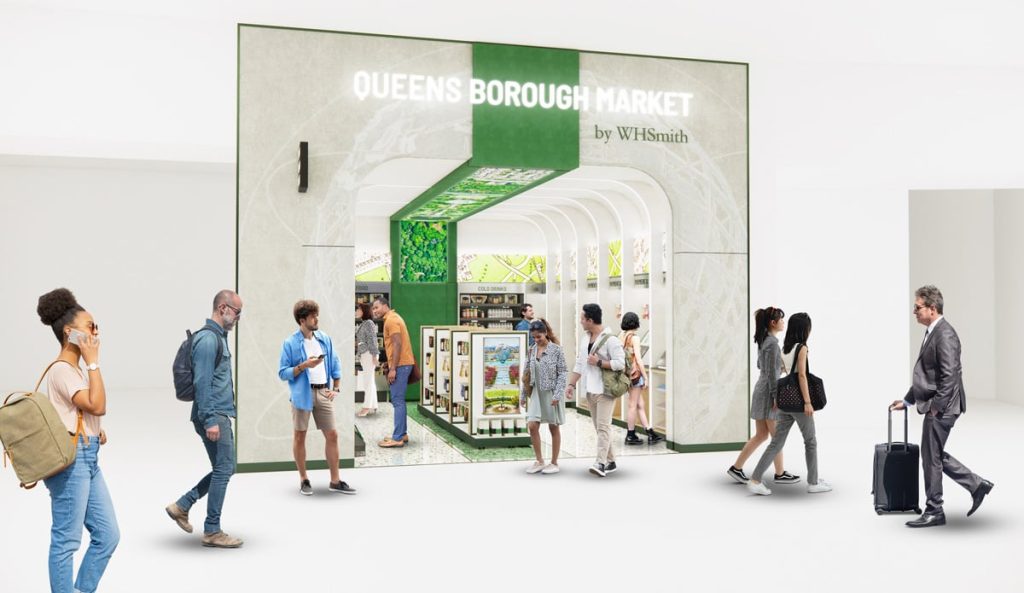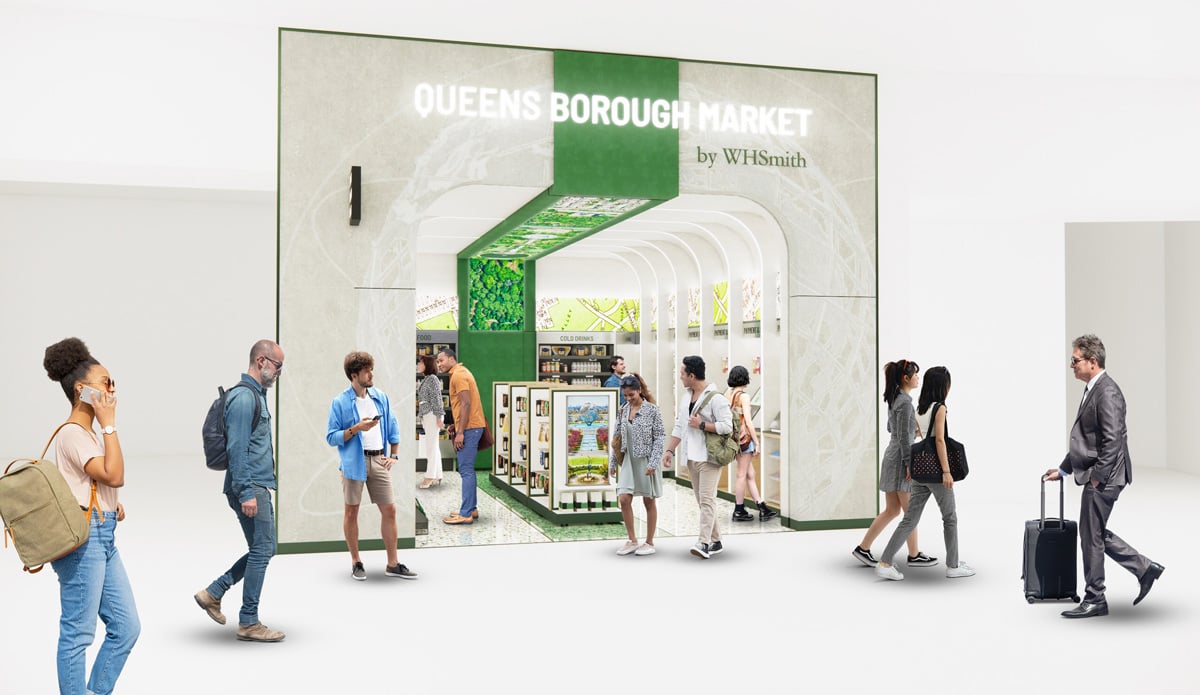
The Process of Selecting Art for New York City’s Airports

Earlier this week, a group of New York City’s cultural institutions announced the latest initiative to beautify John F. Kennedy International Airport’s new Terminal 6. The plan includes a permanent installation by singer and artist Yoko Ono inspired by her 2019 anti-war work “PEACE is POWER,” organized by the Museum of Modern Art (MoMA), and a series of promotional montages based on collection items from The Metropolitan Museum of Art.
Love them or hate them, site-specific art installations are becoming increasingly commonplace in New York City-area airports as developers pour billions into improving terminals’ reputations. Nearly every operable commercial terminal in the area features some form of artwork, permanent or rotating, or plans to do so. Millions of people pass through the airports each year, giving artists and institutions an opportunity to hold a captive audience.
But how do these installations, which include gargantuan murals, kinetic sculptures, and even functional design, end up at an airport to begin with?
At LaGuardia Airport’s Terminal B, air travelers might find themselves under artist and 2003 MacArthur grant recipient Sarah Sze’s suspended spherical installation “Shorter Than a Day” (2020), comprised of individual photographs of the sky above New York City. At Newark Liberty International Airport’s Terminal A arrivals hall, New Jersey-based artist Layqa Nuna Yawar’s mural “Between the Future Past” (2021–22) occupies 350 feet of wall space and commemorates often “overlooked” heroes, including local community activists and airport staff. Among the oldest artworks in the Port Authority-controlled airports is James Brooks’s 1942 mural “Flight,” charting the evolution of air travel, in LaGuardia’s Art Deco-style Marine Air Terminal.
Some terminals, including at Newark, are financed by the Port Authority, New York and New Jersey’s public transportation agency. But others are developed through collaborations with private corporations and companies, including Delta Airlines, which revamped LaGuardia’s $4.7 billion Terminal C that opened in June. A total of $12 million was reportedly set aside for art commissions within the terminal in collaboration with the Queens Museum.
Many of the New York terminal developers did not respond to or declined to answer Hyperallergic’s inquiries about how much they spent on art as part of their broader enhancement projects. The Port Authority, however, told Hyperallergic that the agency spent $6 million on two installations in Terminal A — Layqa Nuna Yawa’s “Between the Future Past” and Karyn Olivier’s “Approach” (2022) — in collaboration with the Public Art Fund. The works were reportedly the first new works unveiled in the Newark since 1937, when the Works Progress Administration commissioned 10 murals by Armenian-American abstract (the works now kept at the Newark Museum of Art).
The Port Authority doesn’t receive taxpayer money and relies on revenue from transport fares. Tom Topousis, a spokesperson for the agency, estimates that art projects at LaGuardia and JFK — which are overseen but not financed by Port Authority — together cost somewhere in the range of eight figures. He said the agency did not have a definitive count of artworks across the Port Authority’s 11 terminals — that statistic is muddled by rotating exhibitions, like an alternating digital display of works by local artists in Newark Terminal A. Hyperallergic counted over 60 current and planned installations across the three airports.
While the origin of funds used to commission artworks varies by terminal and developer, the art selection process is largely standardized — and similarly opaque — across the three Port Authority airports. When a new terminal is under development, Topousis told Hyperallergic, an “arts advisory council” convenes to select works that “reflect the culture, diversity, and history” of the region. The Port Authority sits on the council alongside the developers, “art experts,” and cultural organizations, which have included the nonprofit Public Art Fund, the Queens Museum, and the consultant group Cultural Corps.
The Port Authority declined to name the so-called art experts who select which artists’ works are seen by millions of passengers. It is unclear how and if artists and arts groups are compensated. The Port Authority declined to share information about its selection criteria.
What is known is that some of the works installed across New York’s air hubs come from the upper echelons of the market. Of the 19 artists announced last year for JFK Terminal 6, for instance, all have gallery representation, and eight are represented by blue-chip galleries, including Hauser & Wirth, David Zwirner, Perrotin, Gladstone, Lisson, and Lehman Maupin.
The terminal has also opted to include temporary art installations by local artists in partnership with the Queens Museum and the Jamaica Center for the Arts and Learning. In a third installation in the $4.2 billion terminal, The Met and MoMA’s commissions announced today — alongside a mural organized by Lincoln Center and a selection